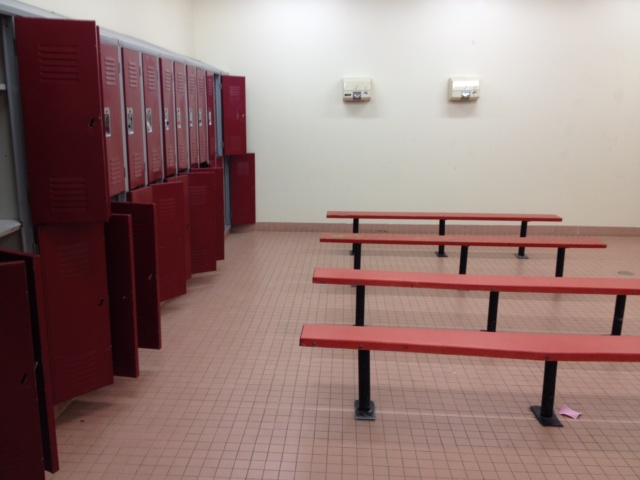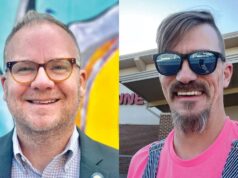We Oklahomans need to take the time to look at ourselves the way that the rest of the nation does. Recent high-profile stories in the New York Times, the Washington Post, the Associated Press and National Public Radio reveal the worst and the best of our state.
The latest special report by the AP and NPR’s Reveal focused on an important success. Even better, it was Oklahoma students who drove the effort to right a wrong that has long been ignored.
Schoolhouse Sex Assault, the Associated Press’ year-long special investigation of state and federal records, found “roughly 17,000 official reports of sex assaults by students … from fall 2011 to spring 2015.” This figure undoubtedly underestimates the “hidden horror” of sexual abuse.
Oklahoma was cited in the concluding NPR report, which described what works in protecting kids. It recalled the 2014 case at Norman High School where:
Three girls said that after they reported being assaulted, they were harassed by other students and had to leave Norman High School because officials did nothing to stop the bullying, according to a lawsuit they settled with the district. The district said it investigated, quickly suspended the boy accused and responded to one bullying case. The boy pleaded no contest to rape charges in one incident and served time.
Students then led the grassroots effort to tackle the problem, and the district responded, in part, by hiring victims’ advocates.
The AP/NPR series reported:
As many as 600 students left class and lined several blocks where, joined by local residents, they chanted and carried posters such as “Stand with our girls.” Organizers gave the school a list of demands, including student and faculty training, and the creation of a victim advocate position.
Norman Public Schools Superintendent Joe Siano quickly responded. He explained, “If student voices don’t impact how you … make decisions, then I think you’re probably in the wrong business.” Siano concluded that “the district could have done a better job handling the girls’ trauma.” He said, “As schools, we don’t have the luxury of picking and choosing which emergencies are more important … Sexual assault doesn’t come up every day, but you have to be prepared.”
The AP/NPR series concluded with the comprehensive solutions being implemented in Oregon, where they focus on holistic strategies that try to address problems before they grow into abuse. The Salem-Keizer School District is one such school system investing whatever it takes to be proactive. The 43,000-student district “said about 300 cases got a school-level review in its early days, while another 100 got a deeper look by a range of experts.”
So, a district about the size of the OKCPS looks into 300 cases per year. How many cases could an Oklahoma urban district afford to handle?
For that matter, how many sexual assaults occur in our schools? The AP asked that question and found that Oklahoma reports no meaningful data.
Like other teachers, I often sensed that sexual abuse was happening at my school. I occasionally participated in efforts to respond to it, but I had no hard evidence about the extent of the threats to our kids.
But, again, this post isn’t about Oklahoma’s high-profile scandals. They undoubtedly will keep on coming. This post is a reminder that we aren’t helpless. We can make our state better.






















